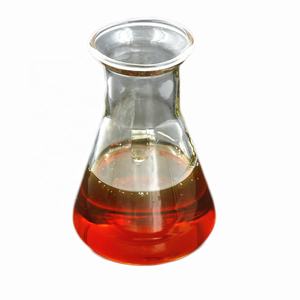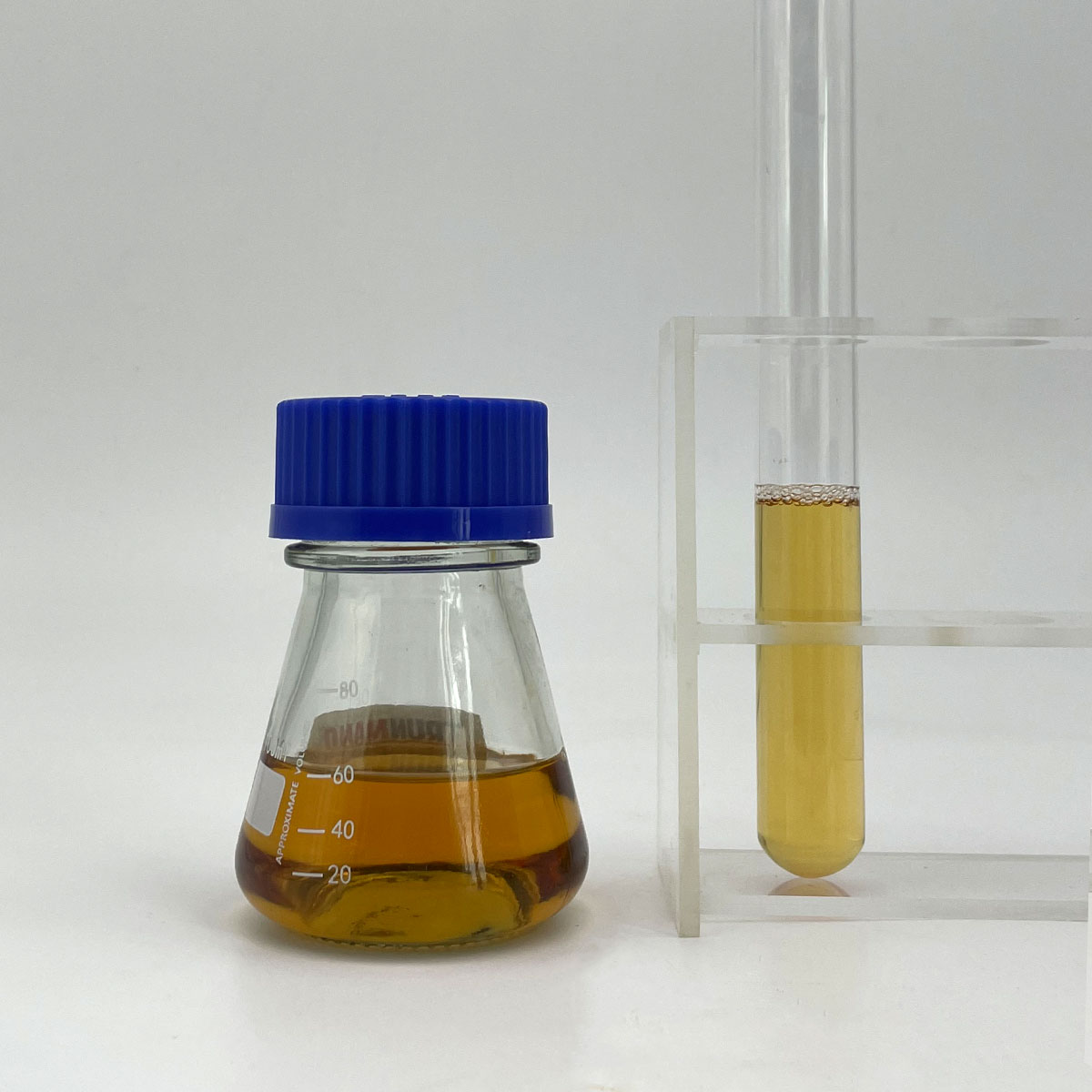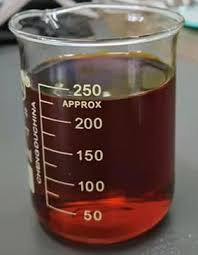Overview of Chemical Vae Powder Polymer Powder Redispersible Polymer Powder Glue Tile Adhesive Rdp Vae Used in Wall Cement
Polymer surfactants, also known as polymeric surfactants or amphiphilic polymers, are high-molecular-weight compounds that combine the properties of traditional low-molecular-weight surfactants with the unique features of polymers. Unlike small molecule surfactants, polymer surfactants offer enhanced stability, improved solubility, and the ability to form more complex structures such as micelles, hydrogels, and vesicles. These macromolecules find applications across a wide range of industries due to their tailored structures and tunable properties, which allow for precise control over interfacial behavior and solution rheology.
Features of Chemical Vae Powder Polymer Powder Redispersible Polymer Powder Glue Tile Adhesive Rdp Vae Used in Wall Cement
-
Molecular Weight and Structure: With a much higher molecular weight, polymer surfactants offer enhanced stability in harsh conditions and over prolonged periods compared to small molecule surfactants.
-
Tunability: The structure of polymer surfactants can be precisely engineered to include different functional groups, monomer sequences, and architectures, allowing for specific interactions and properties.
-
Multifunctionality: Apart from surface activity, they can also provide additional functionalities like thickening, rheology modification, and controlled release capabilities.
-
Self-Assembly: Capable of forming sophisticated self-assembled structures like micelles, hydrogels, and vesicles, which can encapsulate or release active ingredients in a controlled manner.
-
Environmental Compatibility: Many polymer surfactants are designed to be biodegradable and less toxic, making them suitable for eco-friendly applications.
-
Temperature and pH Responsiveness: Some polymer surfactants exhibit responsive behavior to changes in temperature or pH, enabling stimuli-responsive systems.

(Chemical Vae Powder Polymer Powder Redispersible Polymer Powder Glue Tile Adhesive Rdp Vae Used in Wall Cement)
Specification of Chemical Vae Powder Polymer Powder Redispersible Polymer Powder Glue Tile Adhesive Rdp Vae Used in Wall Cement
Chemical VAE Powder Polymer Powder is a redispersible polymer powder designed for building and construction applications. It enhances bond, flexibility, and water resistance in ceramic tile adhesives, cement-based mortars, and wall surface finishes. The powder is generated from vinyl acetate-ethylene copolymer. It distributes quickly in water, creating a resilient movie after drying. This enhances the efficiency of building materials.
The item is a free-flowing white powder. Fragment dimension varies between 80 and 120 microns. Mass thickness is typically 400– 500 kg/m ³. The minimum film-forming temperature level is 0 ° C. It shows high compatibility with cement, gypsum, and various other ingredients. It incorporates efficiently right into completely dry mixes for uniform circulation.
This polymer powder is extensively made use of in tile adhesives. It enhances bond durability in between tiles and substratums. It minimizes splitting in wall concrete because of temperature level modifications or structural changes. It works in outside insulation systems, self-leveling floor compounds, and fixing mortars. The powder increases workability and expands open time for readjusting material positioning.
Adding this powder to seal mixtures boosts bond to surfaces like concrete, timber, or ceramics. It offers versatility to accommodate substrate movement without damage. Water resistance shields mortars from moisture-related weakening. The item lessens dirt development and boosts long-lasting structural stability.
The powder is safe however needs basic safety precautions. Stay clear of direct skin contact or breathing. Usage safety gloves and masks throughout handling. Shop in secured containers away from moisture. Maintain in a trendy, dry location listed below 30 ° C. Shelf life is one year under appropriate storage space conditions.

(Chemical Vae Powder Polymer Powder Redispersible Polymer Powder Glue Tile Adhesive Rdp Vae Used in Wall Cement)
Applications of Chemical Vae Powder Polymer Powder Redispersible Polymer Powder Glue Tile Adhesive Rdp Vae Used in Wall Cement
Chemical VAE powder polymer powder (Redispersible Polymer Powder, RDP) is a key product in building. It improves the efficiency of wall concrete and floor tile adhesives. The powder blends with cement to form a flexible and long lasting bond. This makes it perfect for repairing ceramic tiles on wall surfaces and floors.
The primary use of RDP remains in ceramic tile sticky formulas. It makes the adhesive stick better to tiles and surfaces. This lowers the possibility of floor tiles coming loose gradually. The powder also includes water resistance. This stops moisture from weakening the adhesive in damp areas like shower rooms.
RDP boosts the toughness of cement-based blends. It avoids splits triggered by temperature adjustments or constructing motion. The polymer forms a safety film in the cement. This film enhances adaptability and lowers contraction as the cement dries. Builders use it in outside wall surface layers for climate resistance.
The powder functions well with various other products like sand and ingredients. It guarantees a smooth uniformity for easy application. Employees can spread the adhesive equally without clumps or gaps. This saves time during installment and boosts coating top quality.
RDP is included directly to completely dry cement mixes. It reactivates when water is added, producing a strong bond. This simplifies blending and makes sure regular outcomes. The powder works in both thick and thin-layer applications. It suits floorings, walls, and ceilings.
Home builders choose RDP for tasks requiring high longevity. It performs in cold or hot environments without shedding adhesion. The product is safe for indoor and outside usage. It satisfies requirements for eco-friendly construction.
RDP minimizes maintenance expenses in time. Structures last much longer without splits or floor tile damages. The powder is cost-efficient compared to typical ingredients. It requires no unique tools for mixing or application.
Engineers and contractors rely on RDP for dependable bonding services. It supports hefty tiles and decorative surfaces. The material adapts to irregular surfaces or complex layouts. This flexibility makes it a top choice for modern-day construction needs.
Company Profile
SurfactantChina is a trusted global chemical material supplier & manufacturer with over 12-year-experience in providing super high-quality surfactant and relative products.
The company has a professional technical department and Quality Supervision Department, a well-equipped laboratory, and equipped with advanced testing equipment and after-sales customer service center.
If you are looking for high-quality surfactant and relative products, please feel free to contact us or click on the needed products to send an inquiry.
Payment Methods
L/C, T/T, Western Union, Paypal, Credit Card etc.
Shipment
It could be shipped by sea, by air, or by reveal ASAP as soon as repayment receipt.
5 FAQs of Chemical Vae Powder Polymer Powder Redispersible Polymer Powder Glue Tile Adhesive Rdp Vae Used in Wall Cement
What is VAE powder? VAE powder is a polymer powder made from vinyl acetate ethylene. It dissolves in water and forms a flexible film when dry. This makes it useful in construction materials like tile adhesives. It helps bind ingredients together and improves the final product’s performance.
Why use VAE powder in tile adhesive? VAE powder boosts adhesion strength. It makes the adhesive stick better to tiles and walls. It reduces the risk of tiles cracking or falling off. The powder also improves water resistance. This stops moisture from damaging the adhesive over time.
Can VAE powder mix with cement? Yes. VAE powder works well with cement. It is often added to cement-based mixes for walls or floors. The powder makes the cement more flexible. This prevents cracks caused by temperature changes or movement. Always follow the recommended ratio for best results.
How much VAE powder should be added? The typical ratio is 1-5% of the total dry mix. The exact amount depends on the project. For tile adhesive, 2-3% is common. Too little reduces effectiveness. Too much weakens the structure. Check the product guidelines for specific instructions.
Is VAE powder safe? VAE powder is non-toxic when dry. Wear protective gear like gloves and masks during handling. Avoid breathing in the dust. Store it in a cool, dry place away from moisture. Keep it out of reach of children and pets.

(Chemical Vae Powder Polymer Powder Redispersible Polymer Powder Glue Tile Adhesive Rdp Vae Used in Wall Cement)






